I confess: I may have been hungover on my Nazca Lines tour.
It’s a necessary admission, because I couldn’t tell whether the rolling feeling in my stomach was due to alcohol or the flight itself.
Let’s face it: any bit of research will tell you that the Nazca Lines flight can make you airsick. The combination of boarding a tiny Cessna plane, flying at a turbulent-friendly low altitude and being subject to constant twists and turns during the 90 minute ride? Even the strongest-stomached passenger might feel a little queasy.
As the pilot made yet another lurching turn and we bounced and whirred through the Peruvian skies, I stared down into the desert sands, thought back to last night’s Pisco Sours and felt a strong sense of regret.
What are the Nazca Lines?
The reason I’d decided to go flying on a hangover was in order to see the infamous Nazca Lines of Peru, which lie in a huge stretch of desert 200km away from the capital city of Lima. They are a series of ancient geoglyphs which date back as far as 800BC, and are made up of hundreds of little trenches, only ten or fifteen centimetres deep.
Although nobody knows exactly why they were created, it’s clear that hundreds of hands were responsible for their creation, lifting away red sand and dark stones to reveal crisp white clay beneath.
The first modern day discovery of the Nazca Lines was in the 1930s: a wandering archeologist stumbled across them when out walking, but it was pilots flying commercial jets over the area which revealed the Nazca Lines’ true enormity.
There are straight lines and geometric shapes, but the most fascinating are the outlines of animals and plants: over seventy illustrations which include a hummingbird, whale, monkey, spider, condor, parrot – even a pair of hands and an astronaut-looking human figure with his arm raised.
Oh, and all these shapes are absolutely HUGE.
Some designs are over 1200 feet long, the length of three football pitches – they’re so big, in fact, that seeing them clearly from ground-height would be impossible. The exact reason for their creation has left scientists at a loss for years.
Why would a community of people create such huge designs which they couldn’t even see the full scale of? What purpose did they have?
One of the most popular theories is that the Nazca Lines were intended as messages to the gods worshipped by the Nazca people. They could have been asking for rain, for abundant crops, for the location of fresh water sources, or even solely to express their devotion to a higher entity. Of course, there are plenty of other possibilities posed by researchers and laymen alike, all of which have some sense behind them:
– The Nazca Lines could serve as an astrological map, illustrating the movements of the sun and the moon and thereby predicting when seasons would change and how agriculture would be affected.
– The lines could be a way of channelling water from place to place via underground aqueducts. This theory has particular weight because it explains how the Nazca people were able to live and prosper in the middle of a harsh, arid desert by using irrigation techniques.
– There are even some people who believe the Nazca Lines are messages to ancient aliens (a theory which mutually benefits the discovery of ‘alien skulls’, known as the Conehead Skulls, in nearby Paracas, Peru).
Embarking on our Nazca Lines flight
You might be surprised to know that I’m not too fond of flying – thanks to a couple of dramatic flights a few years ago (and thanks to my grief-related anxieties, too). But for some reason, the smaller the plane, the less worried I seem to be.
And the Nazca Lines plane is the smallest I’ve ever flown in.
There are a few companies who offer Nazca Lines tours, all of which depart from airports in Nazca, Ica and Pisco. I flew from the latter because I was staying in Paracas, a short drive away – but Pisco airport is also the most popular place to fly from because it’s only 3.5 hours drive from Lima.
– Research which company you fly with. We flew with Aerodiana – a reputable company who, thankfully, gave me nothing to complaint about. However, I’d still recommend doing your own research, as there have been a number of accidents over the years. This World Nomads article on how to choose a safe airline is really helpful.
– Book an early flight. The potential for turbulence is at its lowest, the visibility is better, and the lower light means better shadow definition when looking at the lines.
– You have to pay departure tax. It’s a nominal fee (around 25 soles), but it’s worth remembering to bring some change with you.
– You’ll be weighed before boarding. Because weight has to be evenly distributed in the plane, there’s a weight limit of 90 kilos (200 pounds) per passenger. If you weigh more than this, you’ll be asked to pay an additional fee. Your weight also determines where you’ll sit in the plane – I was fascinated by the game of ‘Passenger Weight Jenga’ which seems to happen every flight!
– Don’t forget to bring your passport! A man on our flight was turned away from boarding because he didn’t bring any ID. As it’s still a fully functioning airport, staff are very strict with passports.
Once we arrived at Nazca airport we had to wait an hour or so before boarding our flight. I used that time wisely: sitting extremely still, sipping a lot of water, and silently willing my hangover to magically vanish before we clambered into a tiny twelve seater Cessna Grand Caravan.
And before I knew it, we were in the air.
Speaking into our connected headsets, the pilots explained that they would fly past the lines multiple times, banking steeply and sharply so we could see as much as possible. They’d also show the lines to each side of the plane so we didn’t have to crane our necks to the opposite windows (information I was very grateful for).
Once we were airborne, I felt that familiar swirl of pressure inside my head. In an attempt to distract myself, I looked at the leaflet map which the man at the ticket counter had pressed into my hand.
It seemed so improbable that these sketched out shapes were actually stretched across the desert below us.
Just then, the plane began to tilt alarmingly – which meant we were officially in Nazca Lines airspace. I held my breath and pressed my face/camera lens up against the window in expectation.
Flying above the Nazca Lines
From high up in the air, the lines are actually smaller than you’d think. Half the time we couldn’t immediately spot them. That didn’t stop the pilots though: both were shouting out the placement of each shape as I blindly snapped photos through the window.
But it didn’t take long before I realised the effort of trying to focus my lens on the ever-moving landscape was making me much too nauseous to properly appreciate where I was.
It was a much better idea to put the camera down and simply stare out at these ancient patterns instead.
As I followed the tiny shadow of our plane edging closer to the huge outline of a condor, I felt like the strangest sort of tourist: looking down on modern technology and ancient ritual, separated by centuries yet sitting literally side by side.
Did the Nazca people who constructed these geoglyphs ever leave this part of the desert? Did they ever realise the kinds of scenery and landscapes which lay just beyond them? And could they have ever imagined that asphalt-smooth highways would eventually appear just metres away?
What’s next for the mysterious Nazca Lines?
The Nazca Lines were deemed a UNESCO world heritage site in 1994, but various parts of the lines continue to be destroyed by wanderers, animals, vehicles and the construction of the Pan American Highway, which cuts through a few of the designs and borders others. Even Greenpeace were admonished for leaving footprints beside the hummingbird while campaigning for renewable energy in 2014.
It’s sobering to realise that these ancient markings have lasted for hundreds of years but modern-day activity is repeatedly jeopardising them. That and climate change: the normally arid deserts in Peru are experiencing increased rainfall, and there’s every chance that the Nazca Lines will eventually be eradicated.
From my Cessna window seat, I could almost pretend I was seeing the hundreds of Nazca people creating these designs for the first time. Was it to impress their gods in the sky? We’ll probably never know. But then again, the best kind of mystery is one which we can never solve for certain.

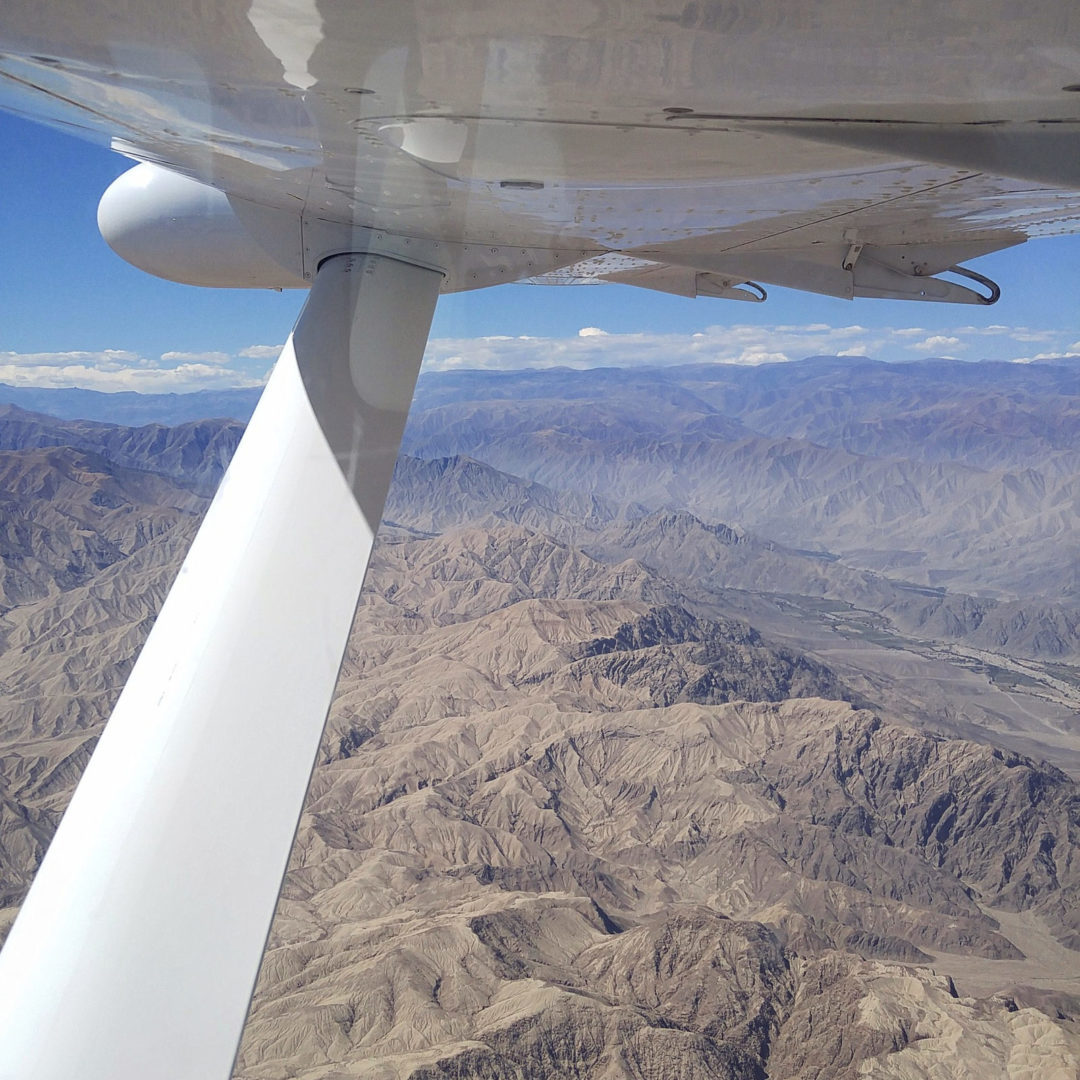
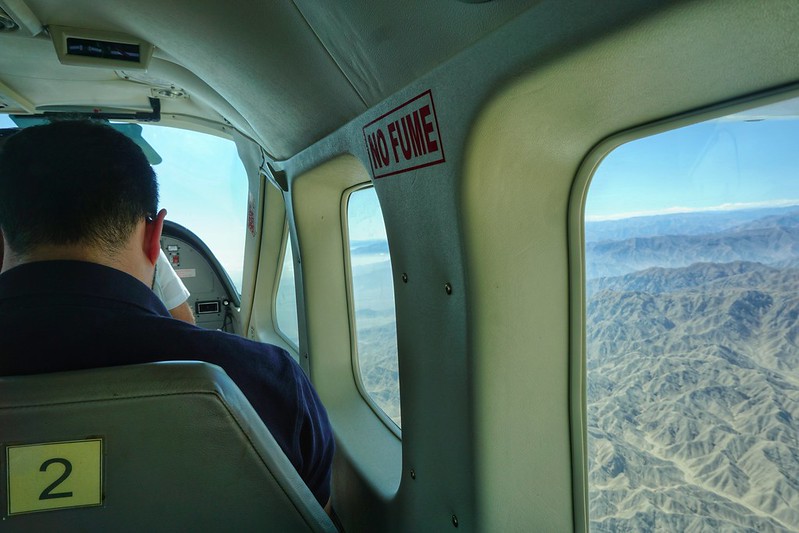
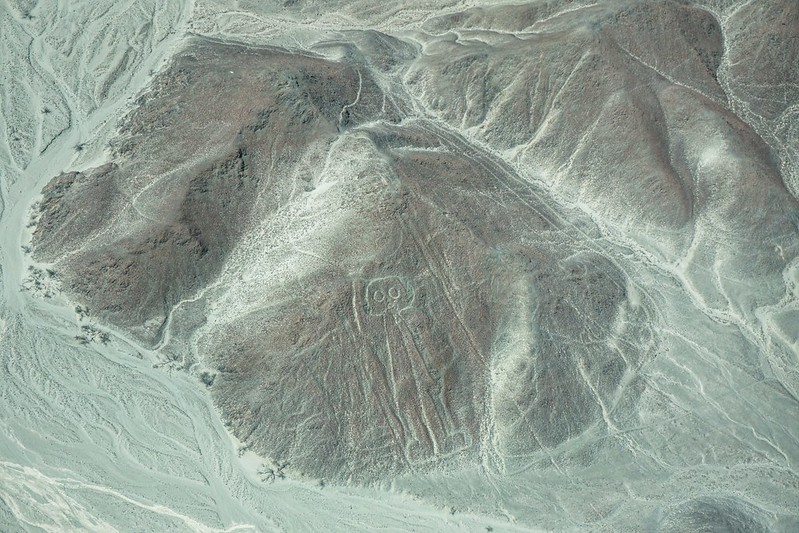
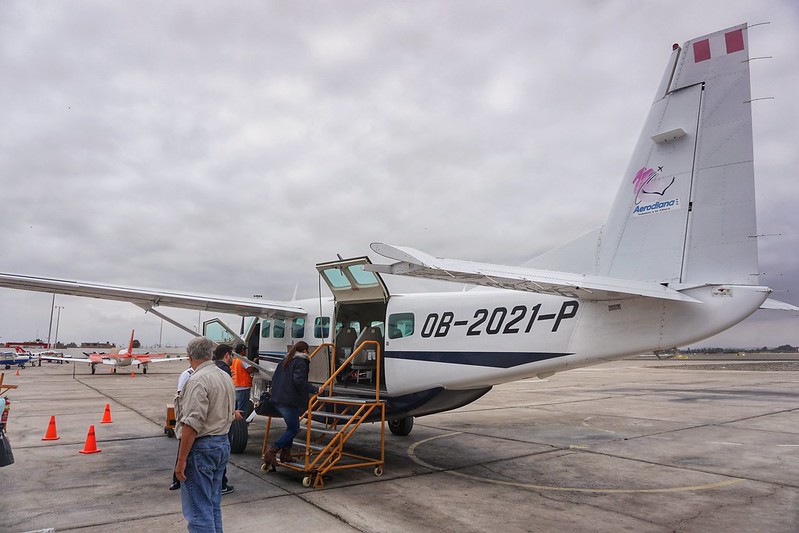

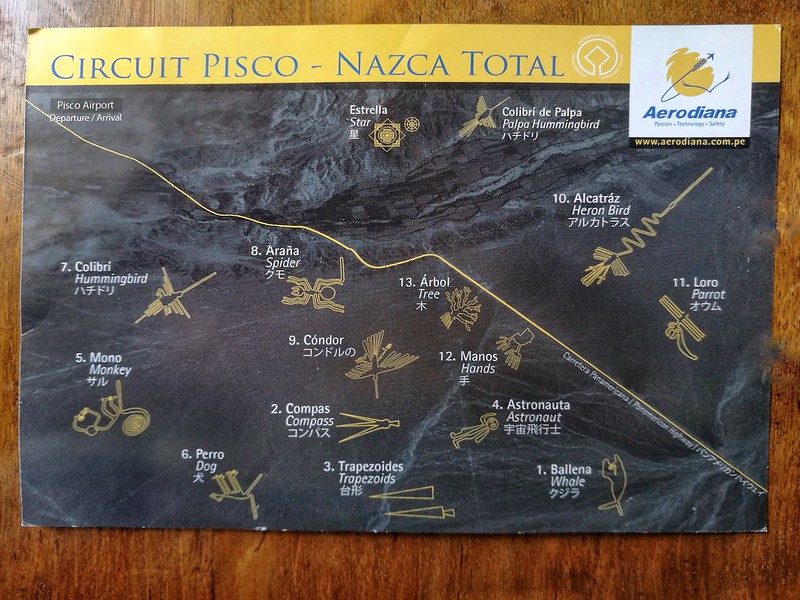
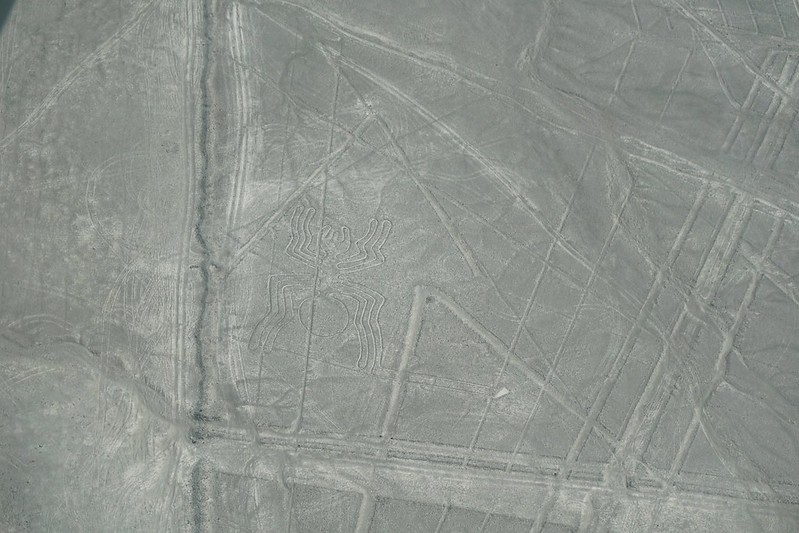

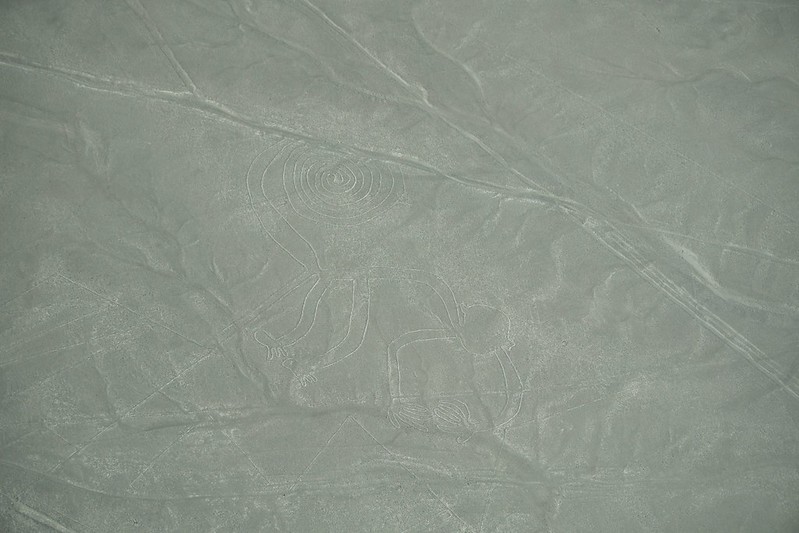
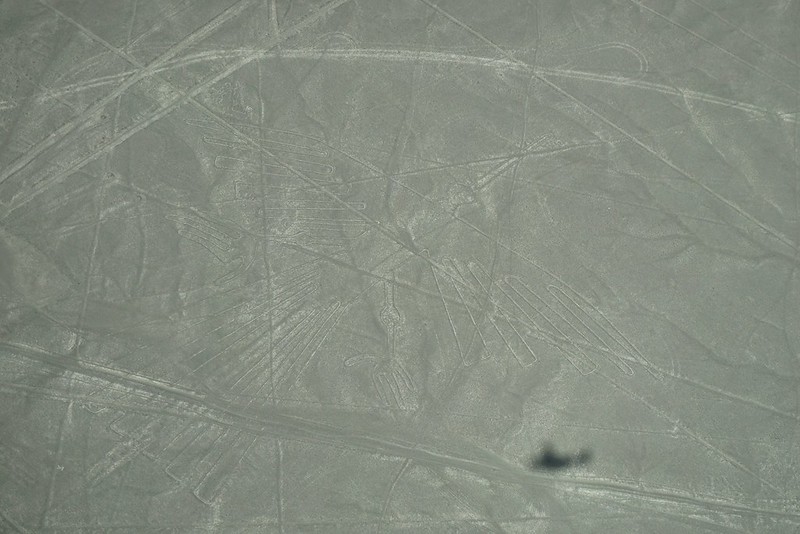
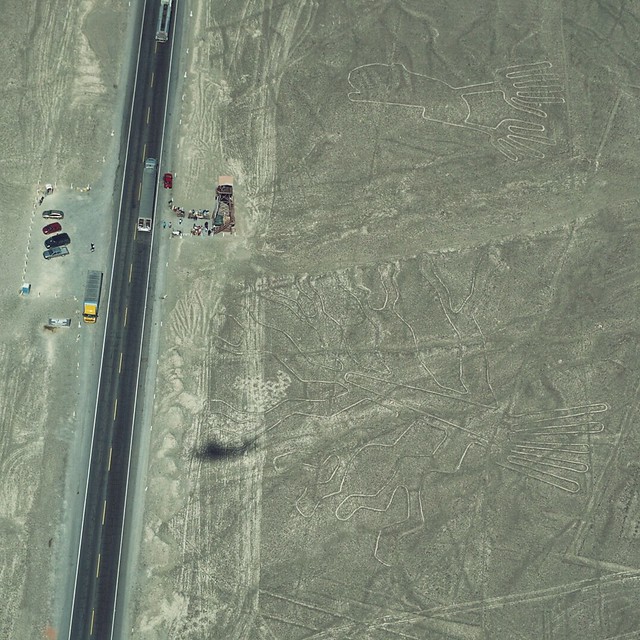

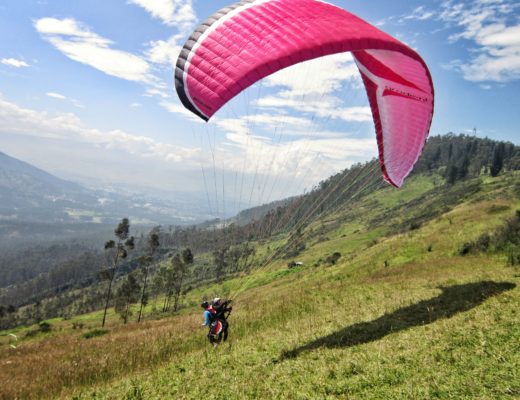


3 Comments
Kal
March 28, 2019 at 8:38 pmWhoa! I ever heard of Nazca lines before but this exactly is the kind of things that pique my interest. So cool! I am leaning towards channeling water (and being artsy while at it) but if it’s an astrological map, that would be even cooler. Gg to do more research about it 🧐
Steven Pickard
March 30, 2019 at 2:42 pmGreat read again ms Flora and informational
Lisa
March 30, 2019 at 4:26 pmHaha, love that you were hungover! This looks like so much fun, things like the Nazca lines have always fascinated me! 🙂